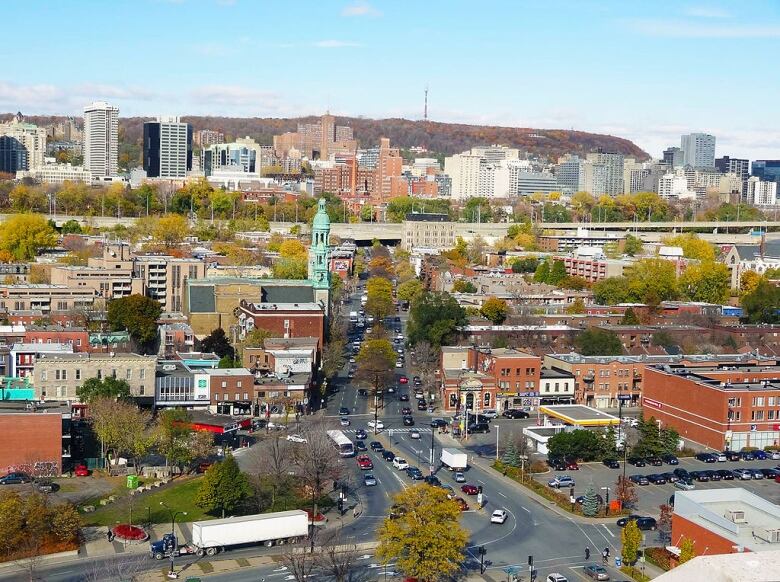What's behind the Southwest borough's controversial new restaurant bylaw
Unanimously-adopted zoning change prevents new restaurants from setting up within 25 metres of an existing one

Montreal's Southwest borough voted Tuesday night in favour of a zoning change that will put a cap on new restaurants on Notre-Dame Street.
The bylaw, which was adopted unanimously at an eveningcouncil meeting, will prevent new restaurants from setting up within 25 metres of an existing establishment.
Lured by cheap rents, some of the city's trendiestrestaurants have set up shop in the traditionally working-class neighbourhoods that border theLachineCanal turningSaint-Henriintoa hornet's nest of opposition over rising commercial and residential rents.
Here's a closer look at the bylawand the bigger issues at stake:
What the bylaw will do
The Southwest borough wants to encourage a greater mix of businesses on Notre-Dame Street, which has become a magnet forhigh-end restaurants.

As a solution to these problems, the borough plans to limit the number of restaurants allowed to open.
This comes on the heels of anti-gentrification protests that rocked theSaint-Henrineighbourhood earlier this year.
What's behind the plan
ProjetMontralCoun. CraigSauv, who has been championing the plan, said the idea is to ensure the commercial strip caters to people who live in the area,not just those visiting to eat.

"People want to see more retail. People want to see different kinds of services. People want to see grocery stores, fruit and vegetable stores, bakeries and not just certain types of restaurants."
There are, however, some exceptions, under a loophole in the bylaw that allows for hybrid restaurants.
"For example, if I wanted to open up acaf-barbershop, that's okay," he said. "That doesn't count as a restaurant, that's going to count as something else."
What residents are saying (for and against)
At an anti-gentrification demonstration lastweekend, residents lamented the changing face of the neighbourhood.

"I certainly don't go to these new restaurants," he said. "Even if some of them aren't that expensive, it's certainly above my income."
Another resident, MonaLuxium, said sheisn't sure a cap on newrestaurantswill work.
"I don't know that it's thefact that they're restaurants that's the problem," she said, adding that she'd like to see a community centre in the area.
Not everyone is on board.
At Tuesday council meeting, resident Derek Robertson spoke out against the plan, saying the restaurants have brought life to the area.
"There's vibrancy," he said.
Jon Bloom of the Tuck Shop restaurant called the bylaw "ridiculous,'' saying there are enough available storefronts on the street, and the city should not intervene.
"If you say you can't open restaurants, you're going to have a lot more empty space out there,'' he told Canadian Press.
The bigger issues at stake
The bylaw, of course, is part of alarger debate over gentrification.
The non-profit funding agency Centraide's analysis of the Southwest noted that "some neighbourhoods are becoming more well off while others are facing more and more hardship."
"Whereas some commercial streets are more vibrant (Notre-Dame, Monk), underprivileged populations are finding themselves cut off and have difficulty accessing local businesses and services," the report says.
Sauvsaid he would do more if he could,including address a shortage in subsidized housing, which is largely funded by the province. He sees thebylaw as a stop-gap measure.
"What we want is to maintain the diversity of neighbourhoods, and we're using the tools we have at our disposal," he said.
He said the bylaw isn't unusual. For years, other boroughs, including PlateauMont-Royal, have had similar rules in place on commercial streets, including Mount-Royal Avenue and LaurierStreet.
with files from Emily Brass and The Canadian Press












_(720p).jpg)


 OFFICIAL HD MUSIC VIDEO.jpg)
.jpg)



























































































